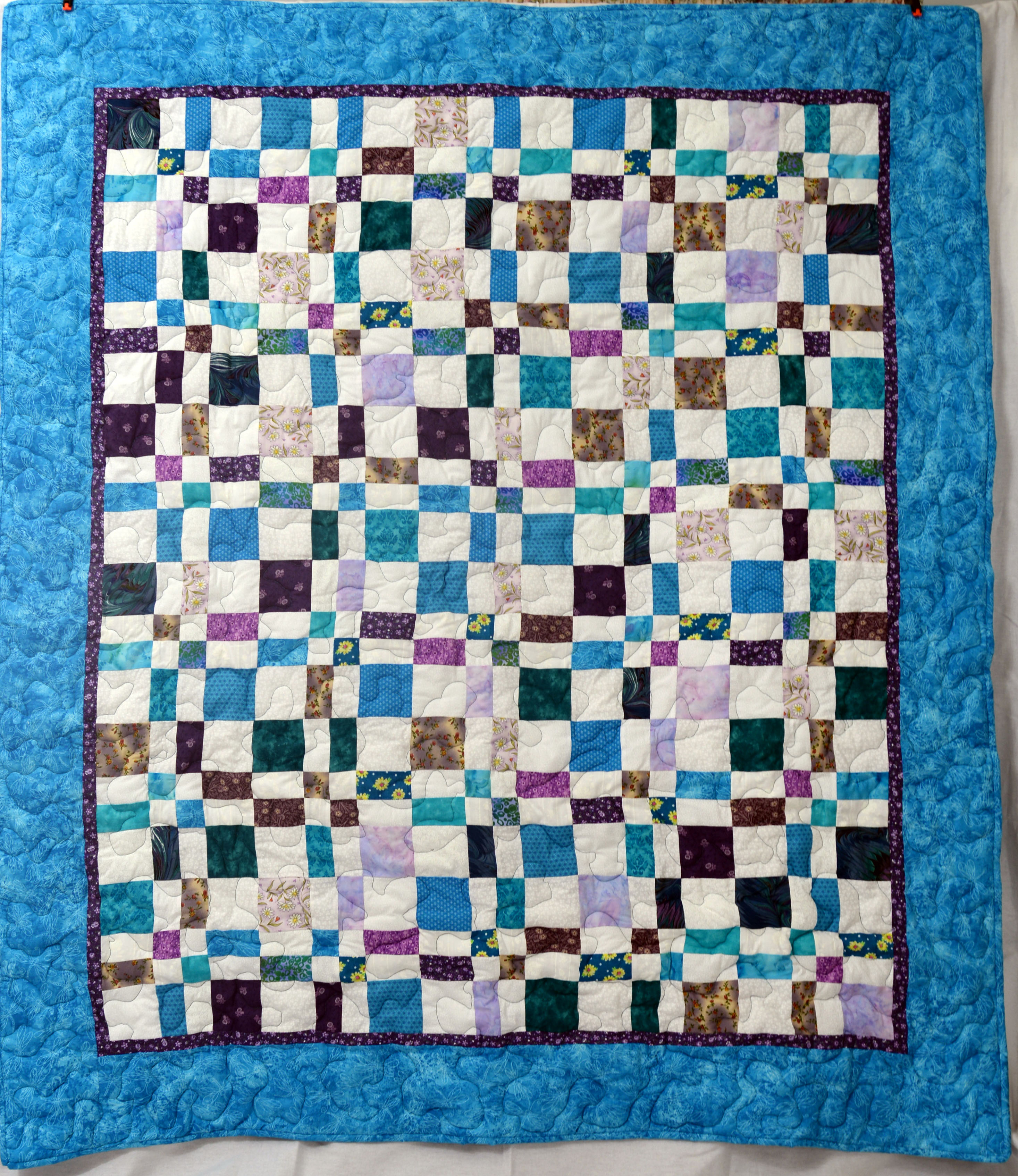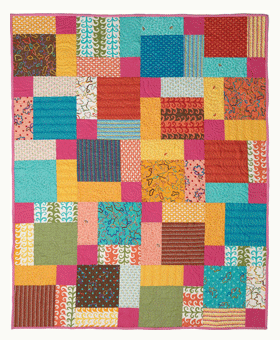
Then rotate them just like you did with your worksheet. The photo shows the second cut ready to be made, the first one is already done. (Click on the photo to enlarge, then you can see the measurement line on the ruler lined up along the seam line in the block). Line up your ruler so that the measurement line on the ruler is the same all the way through the block. On the 9-inch block I cut 1 5/8-inches from the seamed edge of the center block). (The center square on my 12-inch block was 4 1/4-inches, so I cut 2 1/8-inches from the seamed edge of my center block. Instead I measure the size of the center block, divide that number by 2, and then measure from the seamed edge of the center block by the answer. It should look just like the worksheet you started with.Īlthough I cut my block into four sections (just like you did with the worksheet) I don't measure from the edge. That means that whole seam allowance is pressed to one side.įinished (almost) and pressed. I've chosen to press the seams to the blue fabric. Press so that the seams lie in opposite directions (see next photo). Pin at the top and bottom of each block, just as you did with the first set of blocks.Ĭhain sew the three blocks onto the first three sub-units. Put the row of blocks on the right, right sides together with the blocks that were originally in the center. (If you need to see a video about chain sewing and 1/4" seams look at this post Perfect 1/4" Seams and Chain Sewing.)įirst three sub-units sewn together on the left. You can see the thread starts on the 'hairy' at the top and isn't clipped between the blocks This photo shows the bottom sub-unit ready to start sewing.

It also helps to keep your pieces in order so you have less chance of sewing the a sub-unit into the finished block in the wrong direction or the wrong order (yeah. Chain sewing saves time and also locks the threads between sub-units so you never have loose threads getting in the way. Don't clip the threads between the sub-units you are making. Pin at the top and bottom of each square so that when you sew your corners will match up properly. Lay the center squares right-sides together with the squares on the left of the center squares.

I made two color designs (Design A and Design B) so I could play with the paper blocks and see which pattern I liked best without having to cut and sew fabric yet. Photo 1: Here are my worksheets colored in and cut apart along the dotted lines (through the center of the block) so that I have four corner units. Print it, color it, and cut it apart so that you have a paper quilt block to play with.
#DISAPPEARING NINE PATCH PATTERN FREE FULL#
You should be able to click on the picture above and you will see it full size. It's nice to get a good idea of what your block will look like before you cut it out and sew it together so print out and color in the worksheet below. (If you need help choosing colors, look at this post, Choosing Colors.) All the measurements in the directions will be for Ruth's 12" Disappearing Nine Patch (with the 9" size in parenthesis).Ĭhoose 2 colors and 1 background color OR 3 colors. (Finished size means that is the size of the block after it is completely sewn into the quilt.) Crystal's quilt is using 9" blocks, so that's why the different size.

If you look very closely at the photos of the block I am sewing, you'll see that I re-sized my block to 9" finished size. You should be able to click on it and bring it up full size, then print from your browser window. These directions have lots and lots of baby steps because I'm writing them so that either Crystal (who hasn't sewn much since elementary school) or my 11 year old niece (who has only sewn two pillowcases) can read the directions and follow the pictures without too many questions. This is the block we will be sewing on October 6 at Kaye's house.


 0 kommentar(er)
0 kommentar(er)
